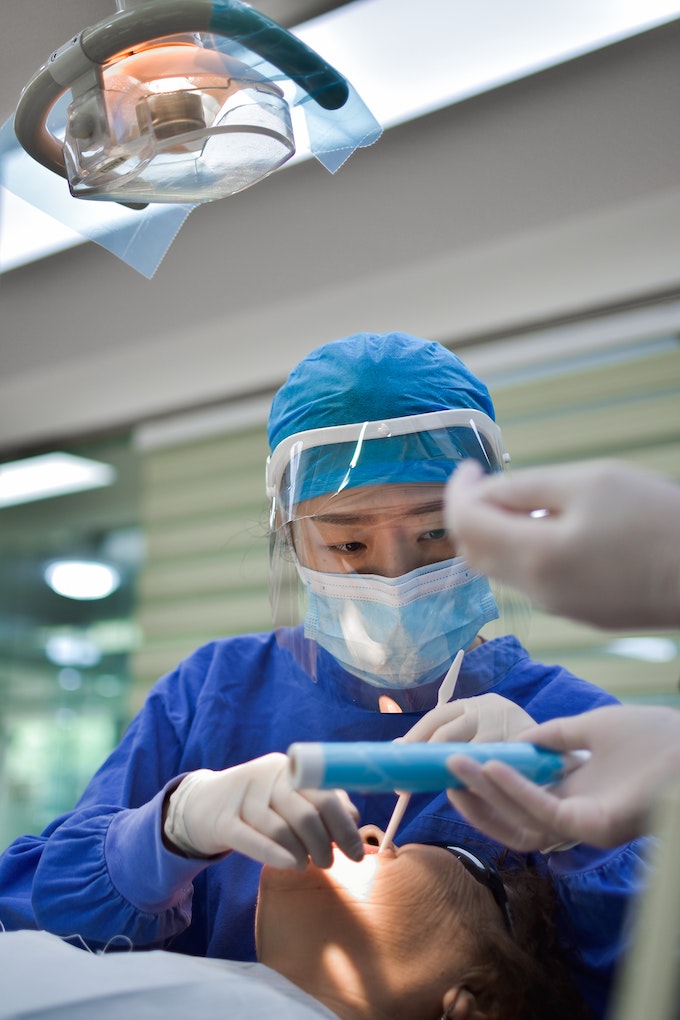
July 5, 2021
The Pros and Cons of Open Versus Closed Operatory Design

Thanks to the ongoing pandemic, it’s easy to think returning to closed operatories in your dental practice is the way to go in terms of efficiency and cleanliness. But the “walls or no walls” choice isn’t as easy as it seems. It goes beyond new concerns about air quality and aerosol containment to adopting an all-encompassing view of the quality of life at work for both staff and patients. Here’s how.
Closed operatories
Operatories confined by four walls are considered “closed” with either single or dual entry for patients and practitioners, allowing assistants to enter and exit the room near the ideal spot by a patient’s shoulder without having to squeeze around the chair. Doors can serve to provide complete privacy or openings for easy in and out. Closed doors may put patients at ease in terms of airborne contamination, whether through negative pressure isolation (air is contained and exhausted safely out of the building) or filtration and recirculation (air passes through medical-grade HEPA filters, sometimes in combination with UV lights, before being redistributed).
Open operatories
“Open” operatories use cabinetry instead of walls to define each space, providing a lighter, more casual and modern feel, as well as additional storage for equipment with pass-through cabinets, shared sinks and a space-saving footprint. However, open operatories don’t allow for deep thinking, focus and concentration necessary for performing procedures. In addition, more now than ever, patients may not feel comfortable, safe and supported with heightened concern about airborne infection transmission. Poor acoustics can also make it hard for staff to hear each other, plus for patients to understand their treatment plan and aftercare instructions.
Bottom line
Air quality and office design should work hand-in-hand to create a safe environment with the natural benefit being infection control. Each dental practice will have its own set of needs so that taking the benefits and shortcomings of each option into consideration to decide which might yield the healthiest environment for your staff and patients.
What’s next?
Contact the experts at Professional Transition Strategies for more guidance on how to navigate your dental practice post-COVID-19.